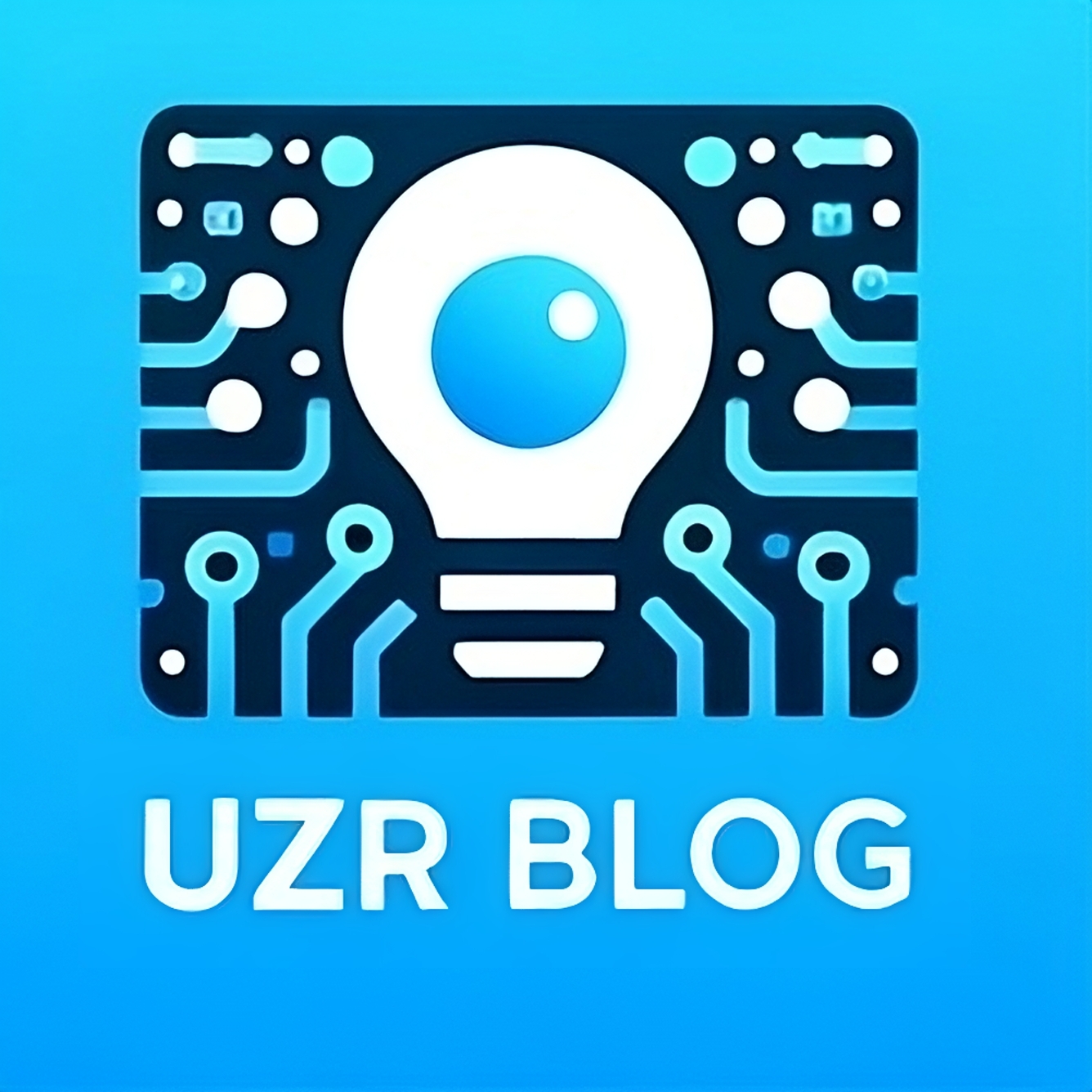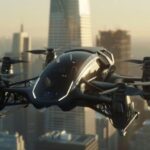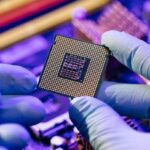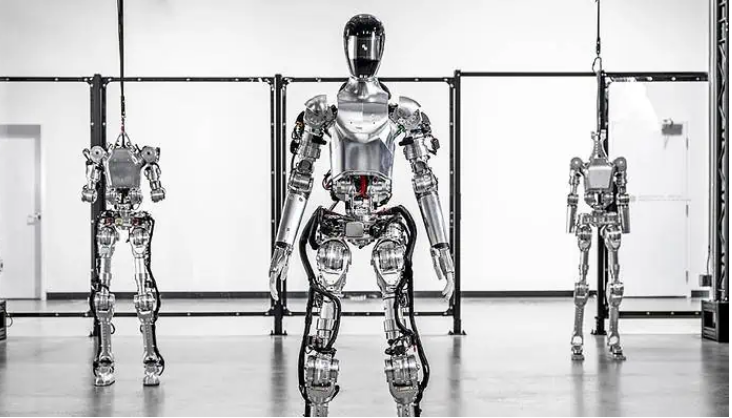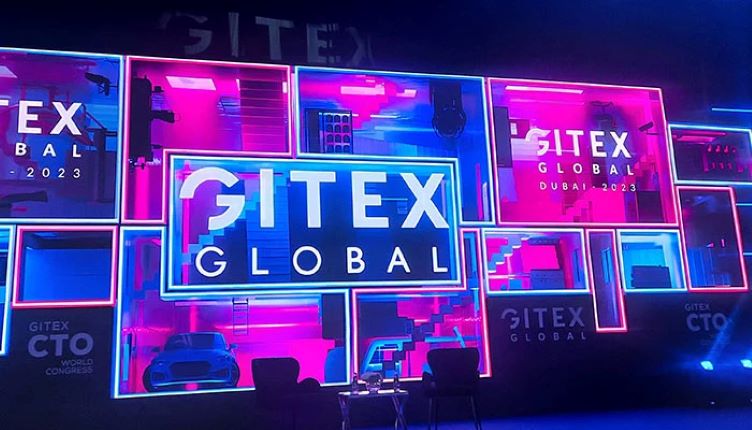Imagine a robot that you can have a conversation with, just like you would talk to another person. This isn’t science fiction anymore. Recently a bomb collab has taken place between Figure, a robotics company, and Chat Gpt maker, OpenAI, by Jeff Bezos has brought this futuristic concept to life. Their creation, Figure 01, is a humanoid robot with the ability to hold natural conversations and interact with the world in a human-like way. This blog post will delve into the details of Figure 01, exploring its capabilities, the technology behind it, and the potential implications for the future of human-robot interaction.
A Fusion of Vision and Technology: Bringing Figure 01 to Life
The journey towards Figure 01 began with Figure, a robotics company that envisioned a robot that could go beyond industrial tasks and simple voice commands. They partnered with OpenAI, a leader in artificial intelligence research, to create a robot that could understand and respond to its environment in a natural and intuitive way.
The result of this collaboration is a marvel of engineering. Figure 01 is equipped with a vision language model, a powerful AI technology that allows it to process and understand the world through both visual and auditory inputs. This means that Figure 01 can not only see and hear but also understand the context of its surroundings and respond accordingly.
One of the most impressive aspects of Figure 01 is its ability to engage in complex conversations. In a demonstration video, Figure 01 was able to identify objects, understand their context, and even explain its actions. It was also able to understand and use pronouns, reducing ambiguity and making its interactions more natural.
Figure 01’s capabilities extend beyond conversation. It can also perform tasks and reason about its actions. This is achieved through a combination of sophisticated hardware and software. The robot’s neural networks process images at high speeds and generate actions with a high degree of freedom, allowing it to respond to its environment with agility and precision.
The Future of Human-Robot Interaction
Figure 01 represents a significant leap forward in human-robot interaction. Its ability to understand human conversation, perform tasks autonomously, and reason about its actions paves the way for a future where robots can work alongside us as companions, helpers, and collaborators.
The potential applications of Figure 01 are vast. It could be used in a variety of industries, from manufacturing and healthcare to customer service and education. Robots like Figure 01 could take on dangerous or monotonous tasks, freeing up humans to focus on more creative and strategic work.
However, the development of advanced robots like Figure 01 also raises important ethical considerations. Questions about job displacement, privacy, and the potential dangers of artificial intelligence need to be carefully addressed.
A New Era of Robotics
Figure 01 marks a pivotal moment in the evolution of robotics. It demonstrates the immense potential of artificial intelligence to create robots that can interact with the world in a more human-like way. As AI and robotics technologies continue to develop, we can expect to see even more advanced robots emerge in the years to come. The future of human-robot interaction is full of possibilities, and it will be up to us to ensure that these technologies are developed and used responsibly.
